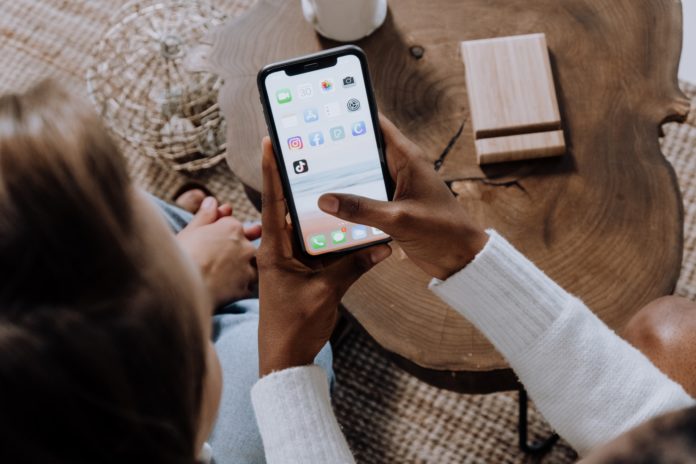Social media platforms have changed many aspects of our lives, including where and how we get our news. For scientists, social media also has the potential to change how research is shared with the public — but according to a study from Ontario Tech University, the way you present your research can have a big impact on whether or not users will engage with it.
The study was led by Sarah Habibi, a research associate and curriculum developer at Ontario Tech University, and published in PLOS One.
How can social media help scientists engage with the public?
Increasing numbers of scientists are turning to social media platforms as a way to share their scientific research and reach broader audiences. In fact, studies have shown that communicating science through social media can change public perceptions of scientists, boost a scientific paper’s reach and number of citations, and even help combat the ongoing climate crisis.
Yet while the benefits of sharing scientific research on social media seem clear, getting users to engage with scientific content is easier said than done. Instagram alone allows users to share content through static images, videos, reels, vanishing stories, and more — but when it comes to science communication, are certain types of posts better suited to engaging and teaching a diverse range of audiences?
This is what Habibi and her colleague Lidya Salim, a PhD candidate in chemical biology at Ontario Tech University, set out to investigate. Both Habibi and Salim have been actively communicating their own science on various social media platforms for several years, and leveraged their experience with social media to design and carry out their study.
They focused their investigation on Instagram and TikTok, and posted different types of content to each platform in order to determine what drew the most engagement from users.
On Instagram, they posted both static photos of scientific equipment or experiments as well as dynamic videos of scientific experiments. On TikTok, which is much more focused on video-based content, they posted longer (60 second) lecture-style videos, shorter (15 second) lecture-style videos, and longer (60 second) videos of scientific experiments. An example of one of these experiment-based videos is displayed below.
@science.baeLet me know in the comments what type of experiment you want me to do next!! ##learnontiktok ##tiktokpartner ##scienceexperiments ##science♬ original sound – Science Bae
For each different type of post, the authors tracked the number of likes, shares, and comments the posts received relative to the number of users the posts reached. They also tracked the average watch time of video-based content to determine if users were exiting the videos before they finished.
Experiment-based videos were the most engaging
They found that for both platforms, videos of scientific experiments tended to draw the most engagement through likes and comments. These results are in line with similar research carried out in classrooms, where dynamic, hands-on experiments have been shown to be more effective than lectures when it comes to teaching scientific concepts.
However, the authors also found that TikTok users didn’t always watch these videos through to their ends. The shorter, 15-second-long lecture-based videos tended to have the highest watch time relative to their full lengths, with the majority of users watching these videos about 69% of the way through as opposed to only 48% for the longer lecture-based videos. This demonstrates how difficult it can be to retain a user’s interest in the fast-paced world of social media.
Ultimately, the authors suggest that scientists consider the goals of their science communication when deciding which type of content to post. While shorter videos are more likely to be watched in full, therefore spreading the video’s full message to a larger audience, longer videos can lead to increased engagement and conversation.
“[I]f the science communicator wishes to have an increased chance of their science content being viewed completely, they should keep the videos under 15 seconds,” they explained in their paper.
“[I]f the goal of the science communicator is to foster critical engagement […] the [content] should be presented in the form of experimental videos.”
Fake news is on the rise across social media platforms, and communicating scientific results on social media is one way to combat this pandemic of misinformation. Habibi and Salim’s results can help science communicators engage social media users with content that’s both accurate and entertaining.








































